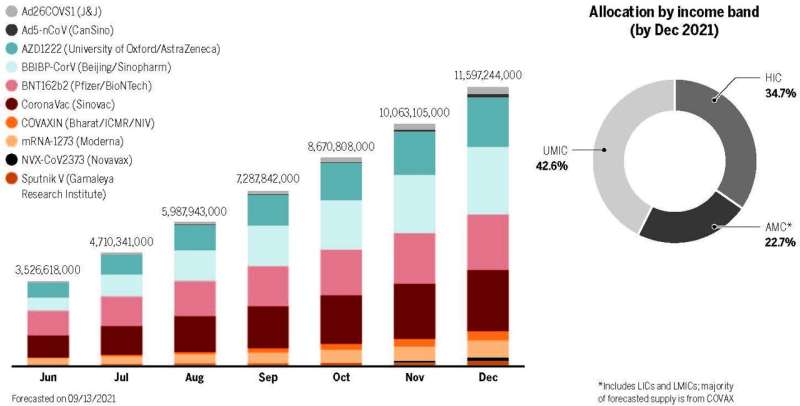WHITE SUPREMACIST MEDICINE
Minority children are more likely than white children to die after surgery

Minority children die after surgery at higher rates than white children regardless of socioeconomic status (SES), according to a first-of-its-kind study being presented at the ANESTHESIOLOGY 2021 annual meeting.
"Given that minority children—especially Black and Hispanic children—are more likely to be born into poverty than white children, the common narrative is that the difference in SES is a primary reason for the racial disparity in the rate of post-surgical death," said Brittany L. Willer, M.D., lead author and pediatric anesthesiologist at Nationwide Children's Hospital, Columbus, Ohio. "Though white children belonging to families of higher SES benefit from improved health outcomes in comparison to their peers in lower SES families, this study demonstrates that a 'wealth advantage' does not exist for minority children."
In the study, researchers compared the post-surgical death rate of minority children to white children based on their SES. They used the median household income of the specific ZIP code the child lived in to determine which quartile of SES the child should be assigned—high, high/middle, low/middle, low—and found that belonging to a higher SES did not significantly lower the postoperative mortality rates for minority children compared to poorer minority children.
The researchers analyzed post-surgical deaths (i.e., children who died while still in the hospital) from the national Kids' Inpatient Database for 2006, 2009 and 2012. They compared the same number of white children to a matched group of children for each of the minority groups. They analyzed the surgical outcomes of 79,280 Black children to 79,280 white children, and used the same 1:1 ratio to compare white children to Native American children (5,344), Asian children (17,508) and Hispanic children (116,125).
Overall, minority children were more likely to die after surgery than white children, even if they were from the same SES. For example, Black children in the lowest three income quartiles were 1.5 times more likely to die after surgery than white children in the lowest three income quartiles. While the risk of death appeared to be somewhat less for Black children in the top income quartile compared to Black children in the lowest quartiles, the difference was not statistically significant. The researchers found similar patterns in other minority children, which indicated there was no evidence that being in the wealthiest income group led to a reduction in excess death risk for any of the minority groups.
Dr. Willer notes that the absence of improved health outcomes among minority children of higher SES is also seen in adults and may provide evidence of the cost of upward mobility for minorities. Additionally, systemic inequities and chronic prejudice contribute to increased rates of depression, obesity and chronic stress among minorities of all SES levels. Further, poverty-related factors for those in the lower SES quartiles still need to be directly addressed, including reduced parental health literacy, hazardous environmental exposures and poor access to resources.
"Equitable and personalized surgical care should be the ultimate goal for children of all SES classes, races and ethnicities," said Dr. Willer. "Physician anesthesiologists and surgeons can do a number of things to achieve surgical equity, including following clinical guidelines to reduce disparities, using enhanced recovery after surgery protocols to standardize delivery of perioperative care, and employing race-specific surgical risk models to counsel families whose children are having surgery. Most importantly, we need to be aware of our implicit biases and practice strategies to address them."










